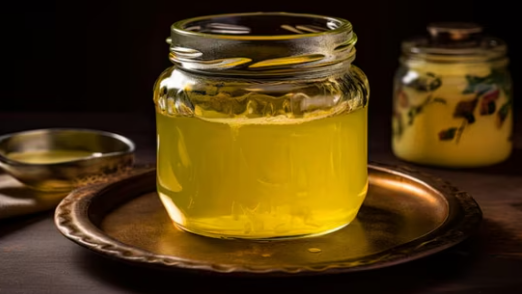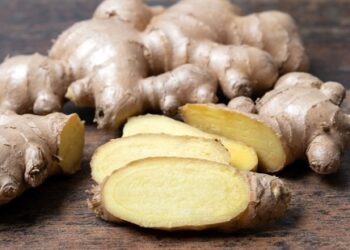In the world of healthy cooking oils, ghee and olive oil are two popular choices, both known for their distinct health benefits and versatile uses. But which one reigns supreme in Indian cooking? Understanding the properties of these two fats can help determine when to use each, depending on your nutritional needs and cooking style.
Ghee, clarified butter that is made by simmering butter to remove its water and milk solids, is a staple in Indian kitchens. It has been used for centuries in traditional Indian cuisine and Ayurvedic practices due to its rich flavour and nutritional benefits. Ghee is high in saturated fats but is also rich in butyrate, a fatty acid known to support gut health, reduce inflammation, and improve digestion. Additionally, it has a high smoke point, making it ideal for frying and sautéing Indian dishes such as dals, curries, and parathas.
On the other hand, olive oil, especially extra virgin olive oil, is a staple in Mediterranean diets and is known for its heart-healthy benefits. It is rich in monounsaturated fats, antioxidants, and anti-inflammatory compounds, which can support cardiovascular health and improve cholesterol levels. Olive oil is a great choice for lighter Indian dishes such as salads, stir-fries, or as a base for making marinades. It has a lower smoke point compared to ghee, so it is not recommended for high-heat cooking like deep frying.
When it comes to Indian cooking, ghee adds a deep, rich flavour to traditional recipes, while olive oil brings a lighter, fresher taste. Both have their place in the kitchen, and the choice largely depends on the type of dish you are preparing and your personal health goals. For those focused on heart health, olive oil might be the better choice, while ghee remains a nutritious and flavorful option for richer dishes.








 India
India












